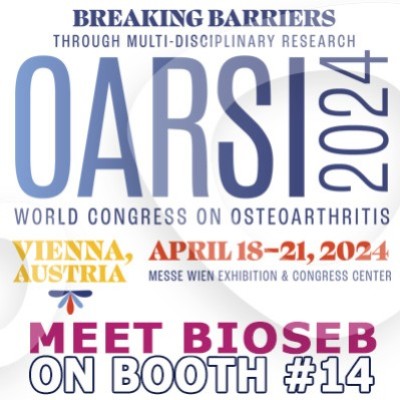Authors
Sakuma M, Gorski G, Sheu SH, Lee S, Barrett LB, Singh B, Omura T, Latremoliere A, Woolf CJ
Lab
Department of Neurobiology, Harvard Medical School, Boston, MA, 02115, USA.
Journal
Eur J Neurosci.
Abstract
Motor axons in peripheral nerves have the capacity to regenerate after injury. However, full functional motor recovery rarely occurs clinically, and this depends on the nature and location of the injury. Recent preclinical findings suggest that there may be a time after nerve injury where, while regrowth to the muscle successfully occurs, there is nevertheless a failure to re-establish motor function, suggesting a possible critical period for synapse reformation. We have now examined the temporal and anatomical determinants for the re-establishment of motor function after prolonged neuromuscular junction (NMJ) denervation in rats and mice. Using both sciatic transection-resuture and multiple nerve crush models in rats and mice to produce prolonged delays in reinnervation, we show that regenerating fibres reach motor endplates and anatomically fully reform the NMJ even after extended periods of denervation. However, in spite of this remarkably successful anatomical regeneration, after 1 month of denervation there is a consistent failure to re-establish functional recovery, as assessed by behavioural and electrophysiological assays. We conclude that this represents a failure in re-establishment of synaptic function, and the possible mechanisms responsible are discussed, as are their clinical implications.
BIOSEB Instruments Used:
Grip strength test (BIO-GS3)

 Pain - Thermal Allodynia / Hyperalgesia
Pain - Thermal Allodynia / Hyperalgesia Pain - Spontaneous Pain - Postural Deficit
Pain - Spontaneous Pain - Postural Deficit Pain - Mechanical Allodynia / Hyperalgesia
Pain - Mechanical Allodynia / Hyperalgesia Learning/Memory - Attention - Addiction
Learning/Memory - Attention - Addiction Physiology & Respiratory Research
Physiology & Respiratory Research
 Pain
Pain Metabolism
Metabolism Motor control
Motor control Neurodegeneration
Neurodegeneration Cross-disciplinary subjects
Cross-disciplinary subjects Muscular system
Muscular system General activity
General activity Mood Disorders
Mood Disorders Other disorders
Other disorders Joints
Joints Central Nervous System (CNS)
Central Nervous System (CNS) Sensory system
Sensory system Bioseb on booth #14 at OARSI 2024 in Vienna
Bioseb on booth #14 at OARSI 2024 in Vienna 